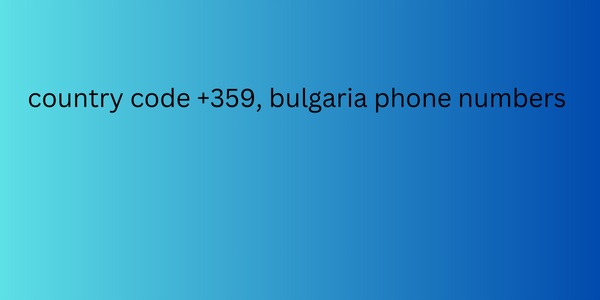Benefits of segmentation:
Increase open rates: People are more likely to open emails that are relevant to their interests. Segmented emails cater to specific needs and preferences, making them more appealing to open.
Targeted messaging: Segmentation allows you to tailor your messaging to each segment. Instead of using generic messaging, you can focus on products or promotions that are most likely to appeal to each segment.
Improve your customer experience: Segmented emails show your customers that you understand who they are. This personalized approach promotes a sense of value and loyalty.
Increased Engagement: When customers receive truly relevant emails, they are more likely to click through to your website and engage with your brand.
Criteria for segmentation:
There are many ways to segment your email list, but some of the most effective criteria include:

Demographics: Segment by factors like age, gender, or location to tailor your message to specific demographics.
Purchase History: Segment by what customers have purchased in the past to recommend similar products or suggest up-sell/cross-sell.
Browsing behavior: Use website tracking tools to see which products customers view and segment them by browsing interests.
Customer behavior: Segment by member activity, such as open rates, click-through rates, or website visits, to target engaged customers or re-engage inactive ones.
Signup sources: Segment by how customers signed up for your list (e.g. newsletter signups vs. abandoned cart signups) to tailor your welcome message or offer targeted promotions.
Step-by-step instructions for segmentation:
Identify your goals: Define what you want to achieve with your email marketing efforts, which will help you define the most relevant segmentation criteria.
Gather customer data: Use the data you have about your customers, such as their demographics, purchasing history, and website behavior.
Choose your segmentation method: Choose criteria that best align with your goals and the data you have.
Segment your list: Use your email marketing platform’s segmentation tools to divide your list into smaller groups based on criteria you choose.
Create targeted emails: Develop email campaigns that are tailored to each specific segment, addressing their specific needs and interests.
Hack 3: Write an interesting headline
Subject lines are often the first and sometimes the only thing customers see in their inbox. It’s the hook that grabs their attention and compels them to open your emails. A weak subject line will land your emails in the dreaded “delete” pile, while a strong subject line acts as the gateway to your message and the sales opportunity.
